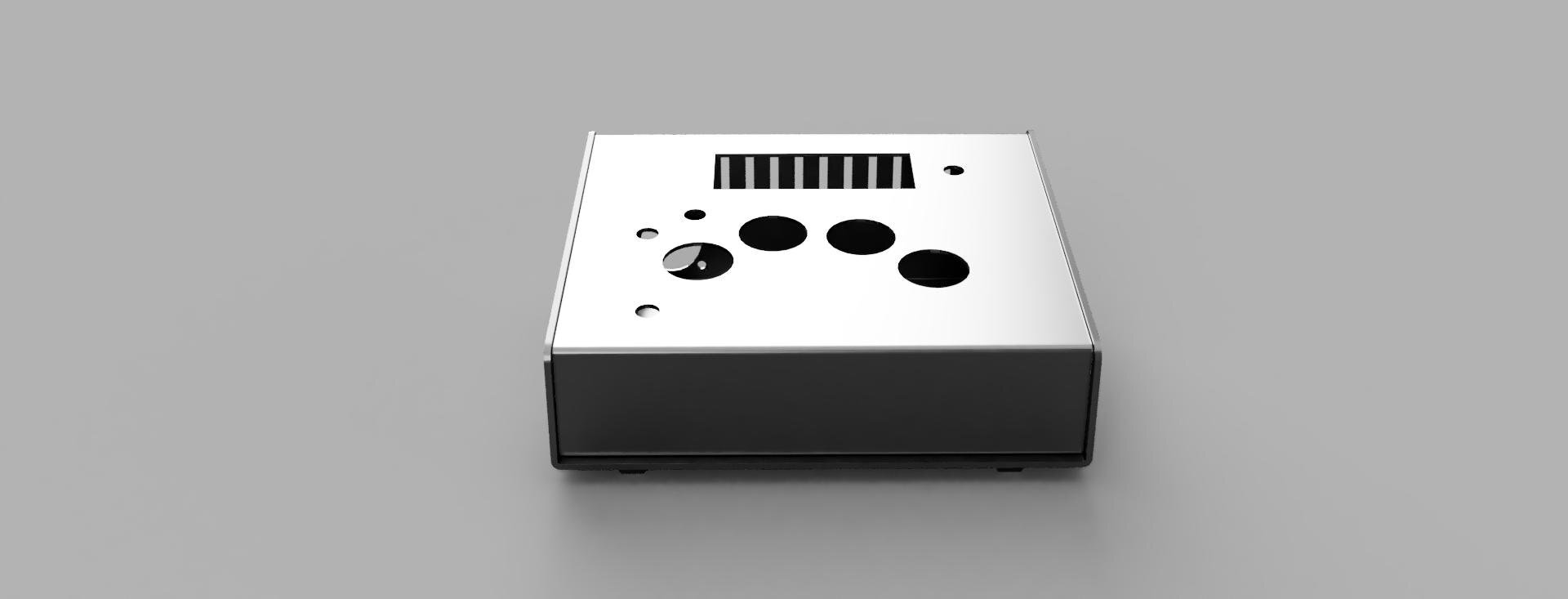After a few years of building controllers for video games (Stickless), I felt like it was time to tackle a new challenge: building an Arduino based MIDI controller to quickly access common functions in my audio workstation (DAW) of choice, Reaper. If you are interested in building one yourself, feel free to reach out and I will gladly help adapt the CAD model and/or software to fit your specific use case. Enjoy!
Build Log - Photo Album
Click on any of the images below to view and read about each stage of the controller’s design and construction process.
Demo Video - VO Mode
And, as promised, here is a quick demonstration (using the prototype controller from early in the build process) of the “VO” mode: designed for quickly and cleanly recording voice-over takes in a session. There are currently 8 modes set up, with room for 16 total. Here are the eight modes that are already set up:
5. Parameters
6. Automation
7. Post Production
8. VO (Voice-over)
Levels/Gain Staging
Tempo Mapping
Instruments/Sampling
FX
Source Code
If you’d like to download the code and wiring schematic for this project, feel free to check it out on the Arduino Project Hub!
Keep in mind, this is largely designed to work with my workflow, and if you need any assistance with adapting it to yours, feel free to reach out!

















